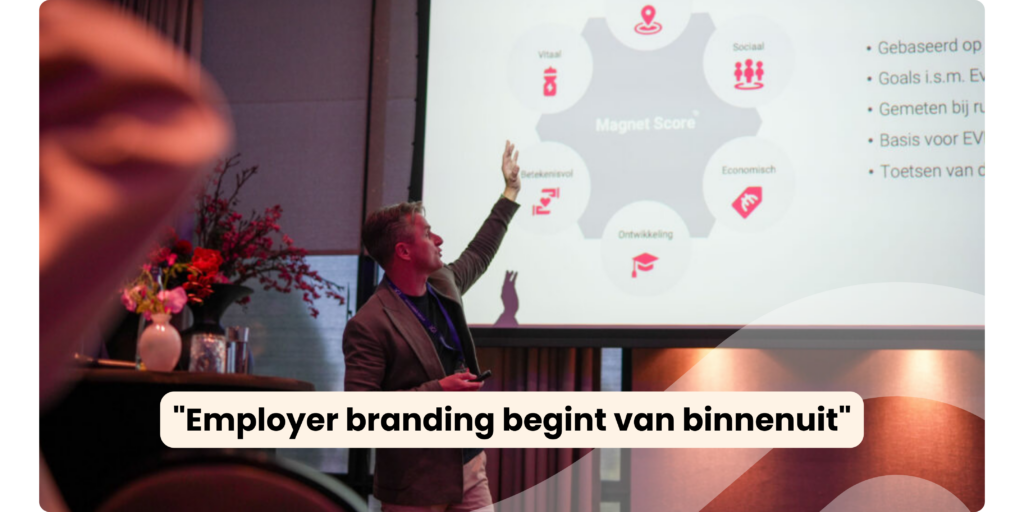
With constant changes in the digital world, flexibility is essential, especially in online advertising and employer branding. Cookies have played a major role in the success of campaigns for years, providing insight into how potential candidates respond to ads. But since July 2024, the use of third-party cookies has been banned. What does this mean for your employer branding and how do you make sure your campaigns remain successful?
What are third-party cookies?
Third-party cookies are data collected through your website by third-party platforms such as Google and Meta (Facebook). These cookies track user behaviour and enable targeted ads. Suppose someone views a vacancy on your website. Thanks to cookies, you can ensure that the same person will see your ads again, for example on social media. These cookies also help optimise campaigns so that you achieve better results.
However, with the ban on third-party cookies, this method of data collection is a thing of the past.
What are the implications of the ban?
The disappearance of third-party cookies has a big impact on digital marketing:
- More difficult target group segmentation: Without this data, it becomes more difficult to reach specific target groups.
- Less optimisation: It becomes more complicated to understand which ads are effective.
- Lower visibility: Your campaigns may become less visible to the right target audience, making talent recruitment more difficult.
For employer branding, this means a risk of less targeted reach, lower effectiveness and therefore potentially higher costs per application.
The solution: server side tagging
Fortunately, there is an alternative that can keep your campaigns effective: server side tagging. This shifts ownership of data from external parties to your own organisation. How does it work?
- Data ownership: Instead of collecting data through third parties, it is stored in a server managed by your organisation.
- Control and privacy: You control which data is shared with ad platforms such as Google and Meta.
- Optimisation remains possible: Thanks to server side tagging, you maintain insight into campaign performance and can keep making adjustments where necessary.
With server side tagging, you still collect relevant data to improve campaigns, while complying with privacy rules and being independent of third-party cookies.
How do you implement server side tagging?
Implementing server side tagging requires a strategic approach. Here are some steps:
- Collaborate with your IT department: Make sure they are familiar with the capabilities of server side tagging and set up a secure infrastructure.
- Choose the right tools: Use platforms such as Google Tag Manager Server Side or another solution that suits your organisation.
- Test thoroughly: Before switching completely, test the new approach to make sure everything works smoothly.
- Communicate transparently: Inform users about how you collect data and make sure your privacy policy is up to date.
Why server side tagging is essential for employer branding
In a world without third-party cookies, server side tagging offers a future-proof way to keep your employer branding campaigns effective. It allows you to:
- Targeting target groups: Despite the ban, you remain visible to the right talents.
- Ensuring privacy: Latent jobseekers appreciate transparency and careful handling of their data.
- Continue to recruit successfully: You keep control of your data and can optimise campaigns for maximum impact.
Keep looking ahead
The cookie ban can seem challenging, but with the right technology and strategies, you can make your employer branding continue to improve campaigns and achieve success! By engaging in server side tagging in a timely manner and working strategically with IT and marketing, you can not only maintain your campaigns, but even improve them.


